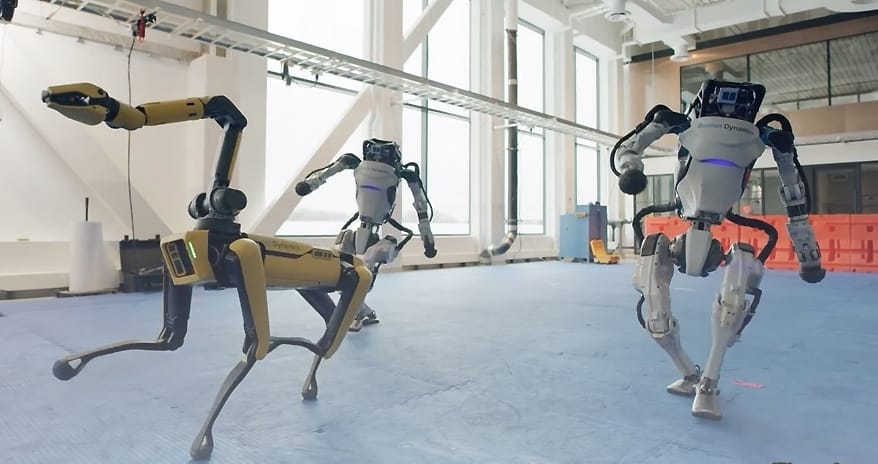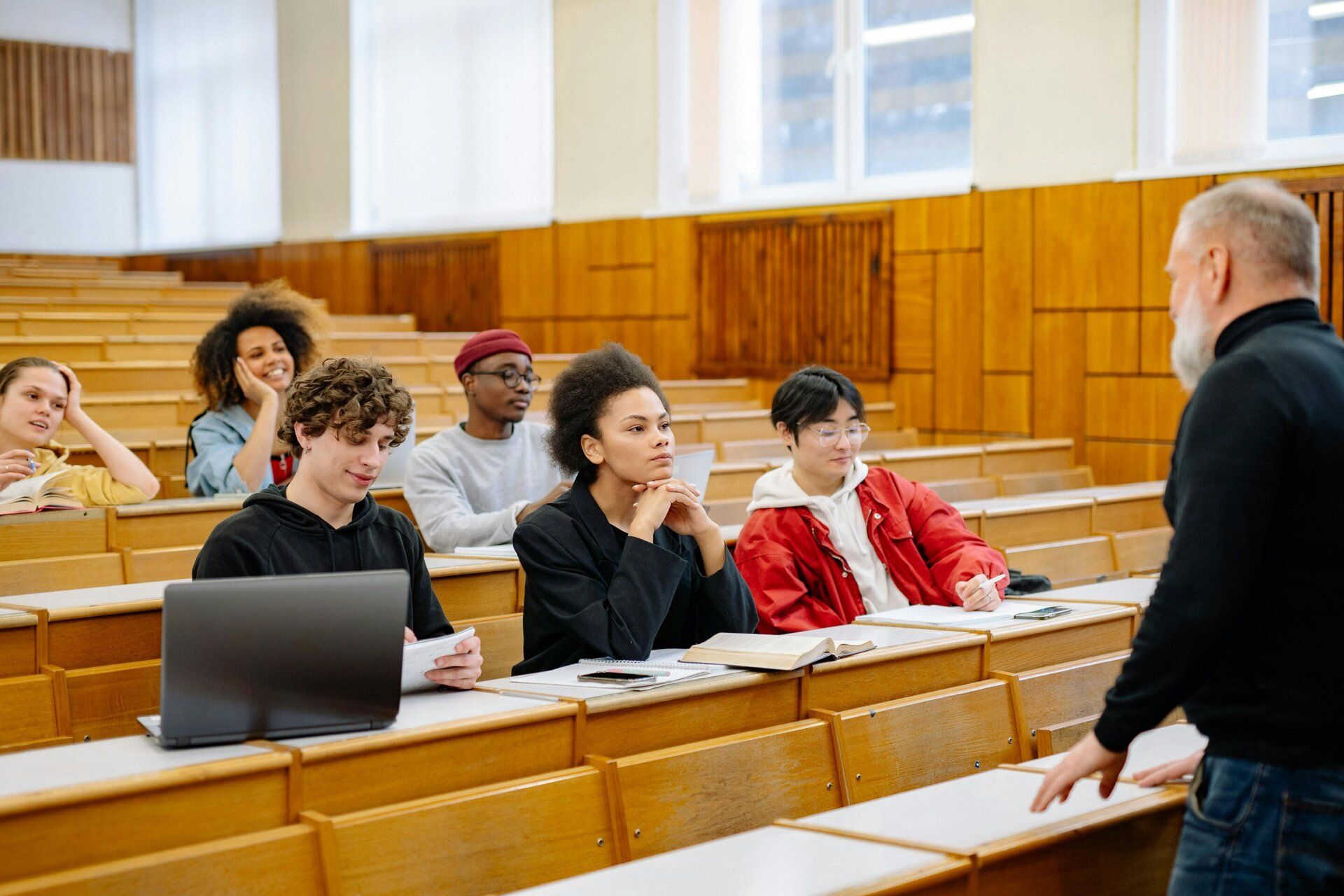- TECHSWU
- Posts
- TECHSWU
TECHSWU


Virginia Tech's Hoda Eldardiry and her research team are partnering with health tech startup LiteraSeed to enhance healthcare delivery with innovative AI solutions. Recognizing that miscommunication accounts for nearly 80% of misdiagnoses—which lead to up to 200,000 preventable hospital deaths annually—Eldardiry’s team aims to bridge gaps between patients and medical providers, particularly for those facing language barriers or low health literacy.
With nearly $1 million in support from the National Science Foundation, they are developing an AI-powered tool that allows patients to share critical health information visually, improving communication and diagnosis accuracy. As co-founder Aziza Ismail shares her personal motivation for the project, the collaboration embodies a shared commitment to using technology to transform patient care and enhance health outcomes for vulnerable communities, demonstrating the profound impact innovative solutions can have on healthcare systems.


Explore the future of tech beyond the typical giants of New York and San Francisco! According to Colliers’ latest report, vibrant tech hubs are blooming across the U.S.
, attracting talent with their unique advantages. Washington, D.
C. thrives on its educated workforce and focus on cybersecurity, while the Dallas/Fort Worth area is rapidly growing as a startup magnet, bolstered by significant investments like Nvidia's AI supercomputer hub.
Atlanta, a rising data center capital, benefits from strong fintech growth, while Los Angeles and Boston face challenges in their tech leasing markets. Emerging contenders like Phoenix and South Florida show promise, driven by ambitious expansions and ambitious talent cultivation efforts.
Cities like Seattle, Austin, and Portland foster innovation with a flair for eco-friendly designs and significant venture capital influxes, making them ideal playgrounds for tech enthusiasts.

In the evolving workplace, understanding the difference between digital literacy and digital fluency is crucial for business success. Digital literacy refers to the basic ability to use technology effectively for commonplace tasks, such as operating software like Word or Excel.
In contrast, digital fluency encompasses a more advanced understanding, enabling individuals to creatively engage with technology to innovate and drive processes. Karen Panetta and other experts emphasize that while many employees are digitally literate, achieving digital fluency is essential for organizations undergoing digital transformation.
To foster this fluency, companies should provide continuous training and encourage a culture of experimentation with technologies like AI. As the workforce accelerates into a technology-driven future, leaders must cultivate these skills among their employees to unlock new opportunities and enhance productivity in an increasingly digital landscape.

In a thought-provoking letter to The Seattle Times, Jim Spurr criticizes the rapid adoption of artificial intelligence, arguing that it's eroding the essence of humanity. He cites Kevin Frazier's essay, calling it "the single most depressing thing" he's read, pointing out that while AI offers benefits in fields like science and medicine, it ultimately can't replace the beauty of human interaction and problem-solving.
Spurr highlights the frantic pace of modern life, where workers are pushed to their limits, as evidence that we’re losing touch with what truly matters. He advocates for a slower, more mindful existence, where connections and kindness take precedence over an overwhelming influx of technology.
Instead of accelerating forward blindly, he calls for a reflection on the beauty of life as it is, reminding us that sometimes, less really is more.

Researchers at the University of Surrey have unveiled a groundbreaking method that equips robots with agility akin to humans, allowing them to skillfully handle fragile and slippery objects without the risk of slipping. Unlike traditional robotic systems that solely rely on gripping force, this innovative approach enables robots to predict impending slips and adapt their movements in real-time.
Drawing parallels to how humans instinctively adjust when carrying something precarious, the technology could revolutionize industries such as healthcare, manufacturing, and logistics by enhancing the reliability of automated systems. This dynamic slip control, detailed in the journal Nature, opens up exciting new prospects for everyday robotic integration, making them safer and more efficient helpers in our homes and workplaces.
Dr. Amir Esfahani and his team are optimistic that this advancement will inspire further innovations in the ever-evolving realm of robotics.

Walmart Inc. is stepping up its game in the realm of artificial intelligence by creating two key executive roles focused on enhancing AI tools for both customers and employees.
CEO Doug McMillon emphasized the company’s commitment to integrating cutting-edge technology into its operations, stating, “This window of opportunity to apply artificial intelligence..
. is unique.
” The first hire, Daniel Danker, formerly of Instacart, will steer AI acceleration, product, and design. Meanwhile, Walmart is on the hunt for an executive vice president of AI platforms to further innovate and increase productivity.
With initiatives like a super-agent framework for customer support, Walmart appears poised to lead the retail sector in AI application, aiming for smarter, faster solutions while still prioritizing its human workforce. This bold move signals Walmart’s determination to stay ahead of the curve in a rapidly evolving technological landscape.

A study from the University of South Australia reveals that how university students use AI tools like ChatGPT can significantly influence their learning outcomes. The research found that students with strong self-regulation skills tend to use AI not merely as a shortcut, but as a means to deepen their understanding.
Engaging critically with AI can enhance motivation and independent thinking, while those who lack confidence might resort to using AI for quick results, risking superficial learning. Lead researcher Associate Professor Negin Mirriahi emphasizes that the key lies in equipping students with strategies to leverage AI effectively, ensuring it supports, rather than replaces, their critical thinking skills.
As AI becomes a more integral part of education, universities face the challenge of fostering self-efficacy among students, guiding them to utilize these powerful tools to truly enrich their academic journey.